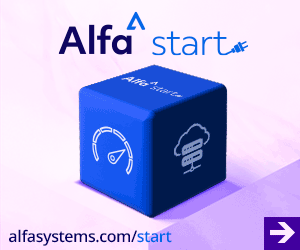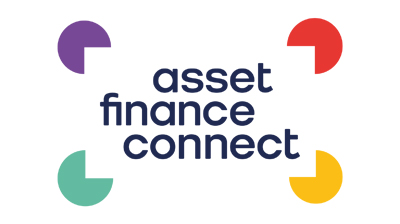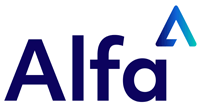Norwegian Air Shuttle and Indonesia-based Lion Air have both recently announced plans to expand their leasing subsidiaries, reflecting a potential emerging trend.
Fitch reports that airline leasing subsidiaries are not new, but these recent initiatives seem to be larger in scale and more public.
Discount carriers
It said: “It is notable that the airlines building leasing subsidiary businesses are all fast-growing discount carriers with record order books accumulated over the past few years. Lion Air is one of the largest low-cost carriers (LCC) in Asia by passengers carried, while Norwegian is the third-largest LCC in Europe. Lion Air has over 500 aircraft on order, while Norwegian has over 400 orders (including options). The size of these commitments exceeds the order books at each of the leading aircraft lessors.
“These airlines, by establishing their own leasing subsidiaries, are attempting to build flexibility into their long-term fleet-planning processes. For example, a leasing subsidiary provides the option to attempt to lease out newly delivered aircraft in the event that its own demand or growth plans fail to meet expectations. As such, the leasing subsidiaries will act as a potential hedge against the substantial and long-dated commitments that large aircraft orders represent.” Fitch believes it is unlikely that leasing subsidiaries will expand to a sufficient scale to become a significant competitive threat.
“Airlines benefit from working with dedicated leasing companies,” it stressed, “and it is not necessarily in their interest to compete directly. Using external lessors enables airlines to reduce large capex and residual risk. Meanwhile, operating lessors enjoy the flexibility to move aircraft quickly and on shorter-term bases to different markets. However, these new leasing subsidiaries could make parts of the sale and lease-back market more competitive by reducing the supply of available aircraft.”
Furthermore, there are several challenges for airlines operating in the leasing sector:
• First, the cost of funding is generally higher and less consistent than for leasing companies, which can make for less attractive spreads in an airline-run leasing business;
• Airlines may also find it more difficult to fund large pre-delivery payments (PDPs) to aircraft manufacturers, especially in the event of a cyclical downturn;
• In addition, order contracts for an airline and a lessor are typically different. Airlines generally order aircraft with physical specifications to meet their specific needs, whereas lessors are able to order planes that are designed for maximum flexibility.
At this stage, it is unclear how much flexibility Lion Air and Norwegian will have to change their orders with Boeing and Airbus to accommodate their new leasing subsidiaries.
There are, however, several examples of large standalone lessors that have emerged from airline ownership. These include Guinness Peat Aviation (Aer Lingus), AWAS (Ansett Australia) and Singapore Aircraft Leasing Enterprise (Singapore Airlines), since bought by Bank of China and renamed BOC Aviation.
As such, Lion Air and Norwegian's subsidiaries could evolve into larger, independent competitors over the long term.








